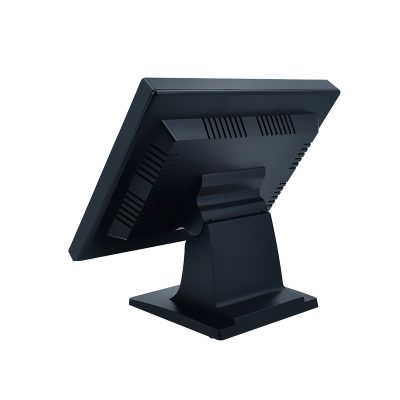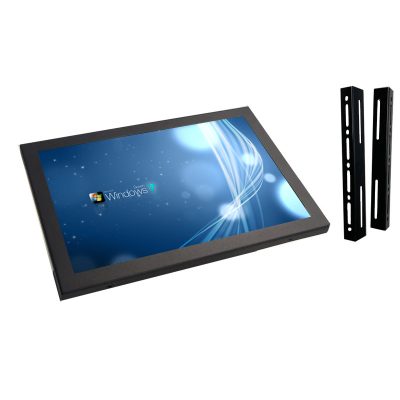1. Touchscreen Interactivity:
- LED video walls equipped with touch-sensitive technology allow users to interact directly with the display. This can include tapping, swiping, pinching, and multi-touch gestures.
- Applications include interactive product catalogs in retail, educational software for classrooms, and collaborative brainstorming sessions in corporate environments.
2. Gesture Recognition:
- Advanced LED video walls can incorporate gesture recognition technology, allowing users to control content and navigate interfaces through hand gestures and movements.
- Gesture-based gaming, virtual tours, and presentations benefit from this interaction method.
3. Multi-User Collaboration:
- Large LED video walls enable multiple users to interact simultaneously, fostering collaborative environments for group activities and teamwork.
- Examples include interactive whiteboards for education, collaborative design sessions, and interactive presentations.
4. Augmented Reality (AR) Experiences:
- By combining LED video walls with AR technology, users can engage in immersive experiences that overlay digital content onto the real world.
- Retailers use AR mirrors to let customers virtually try on clothes, while museums offer interactive exhibits with historical reconstructions.
5. Virtual Reality (VR) Integration:
- LED video walls can serve as a backdrop for VR experiences. Users wear VR headsets, while the video wall displays synchronized content to provide a shared experience.
- VR training simulations, immersive gaming environments, and virtual tours of properties or destinations are all possibilities.
6. Interactive Games and Entertainment:
- LED video walls are popular in interactive gaming arcades and entertainment centers. They can host a variety of games, from puzzle challenges to motion-based activities.
- Game show-style interactive quizzes and competitions are also engaging for large audiences.
7. Wayfinding and Navigation:
- LED video walls in public spaces, airports, malls, and transportation hubs can provide interactive wayfinding and navigation services to help users reach their destinations efficiently.
- Users can input their preferences, and the video wall provides directions and relevant information.
8. Customer Engagement in Retail:
- Retailers use interactive LED video walls to engage customers with product information, virtual try-ons, and personalized recommendations based on their preferences and browsing history.
- Interactive catalogs and product customization tools enhance the shopping experience.
9. Real-Time Data Visualization:
- In corporate settings, LED video walls can display real-time data dashboards, allowing teams to monitor key performance indicators (KPIs), financial data, and project status interactively.
- Users can click on data points to access detailed information and make data-driven decisions.
10. Educational Tools: – In classrooms and training environments, interactive LED video walls facilitate interactive learning experiences. Students can participate in quizzes, simulations, and collaborative projects. – Educational games and immersive historical or scientific explorations are also engaging for learners.
11. Social Media Integration: – LED video walls can display live social media feeds, allowing users to post messages, photos, or comments directly on the video wall. This is often used at events, conferences, and public gatherings.
12. Data Manipulation and Visualization: – Professionals in fields like design, engineering, and data analysis can use interactive LED video walls to manipulate and visualize complex data sets. – This helps with data exploration, pattern recognition, and collaborative problem-solving.
The interactive possibilities of LED video walls are continuously expanding as technology advances. Integrating interactivity into these displays can enhance user engagement, foster collaboration, and provide innovative solutions in various industries and settings.















